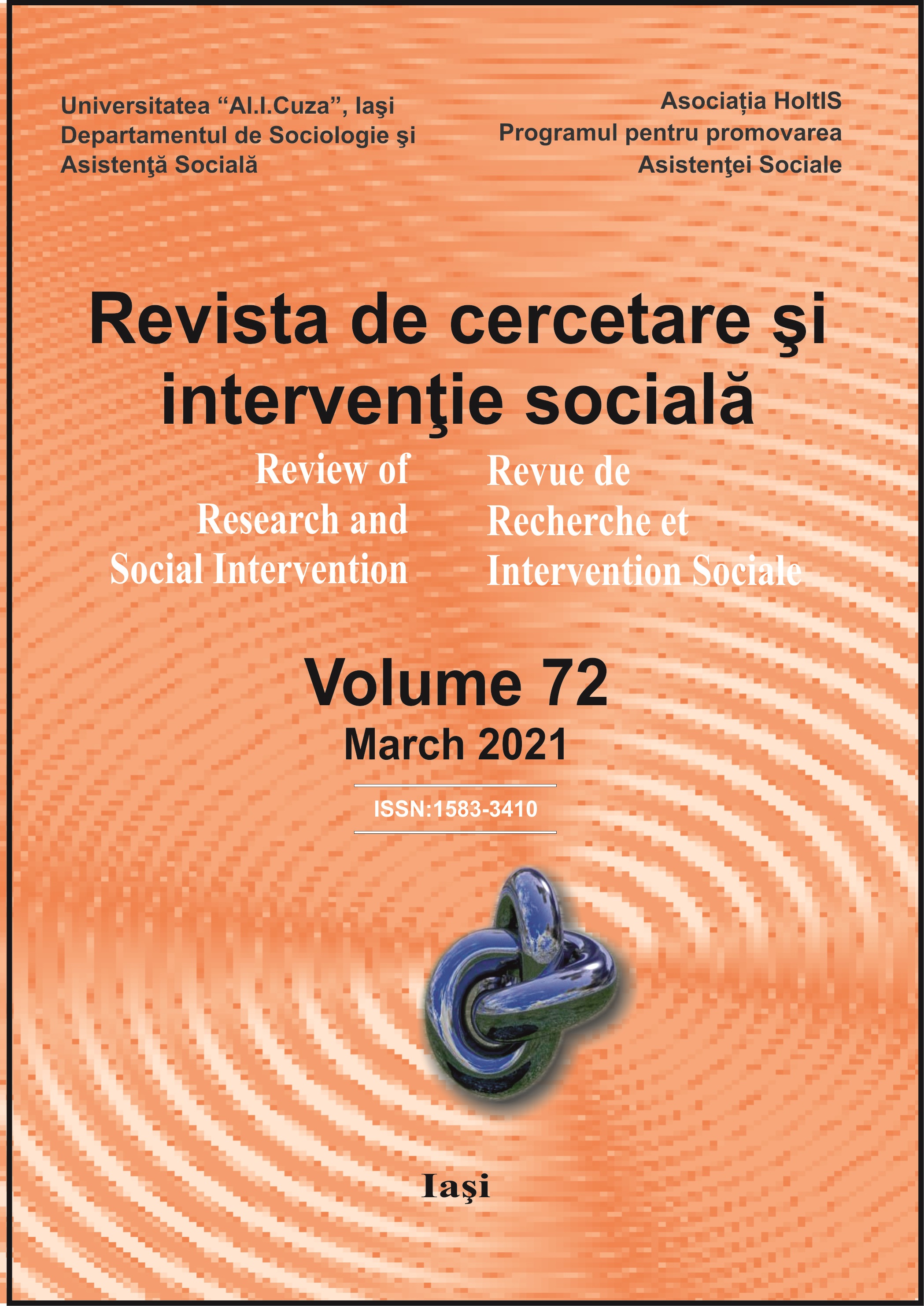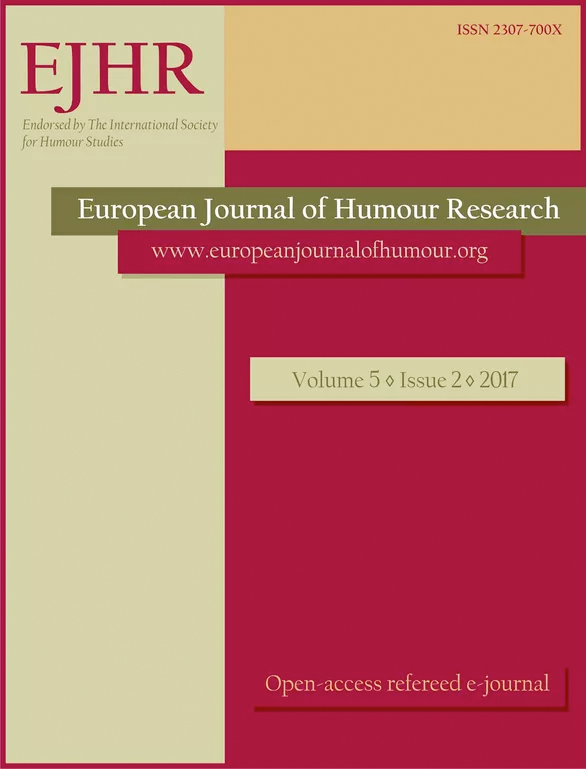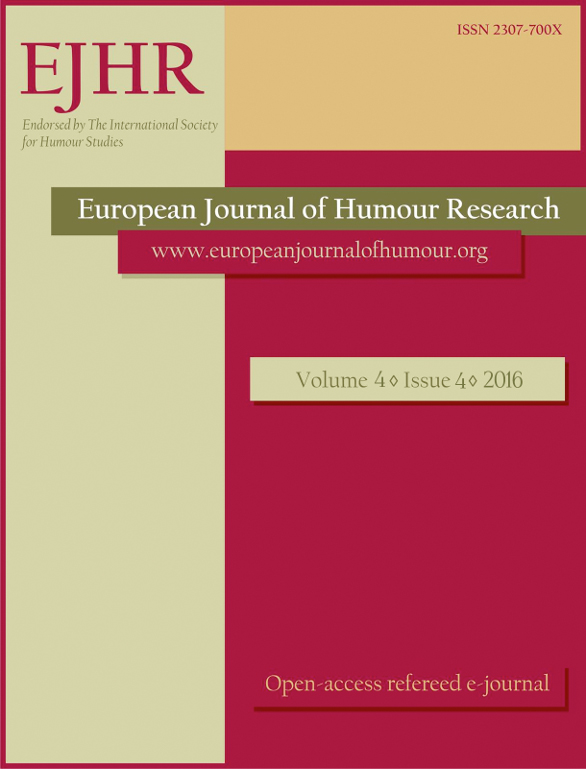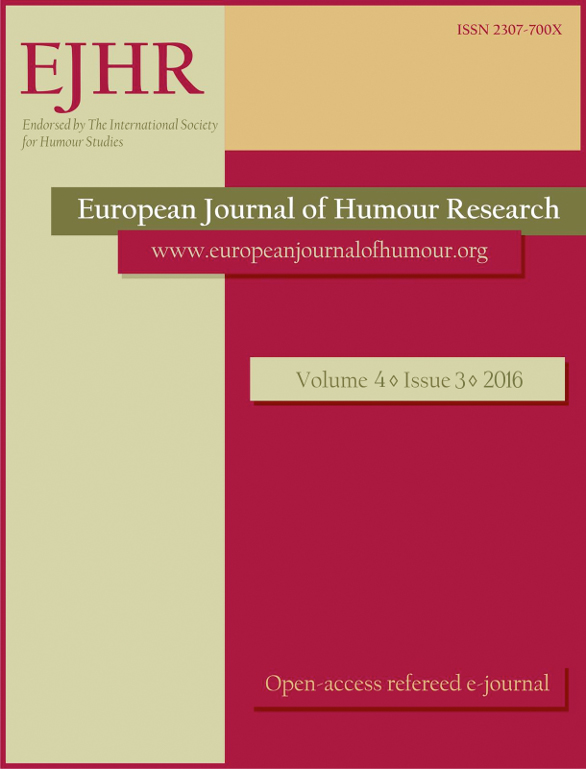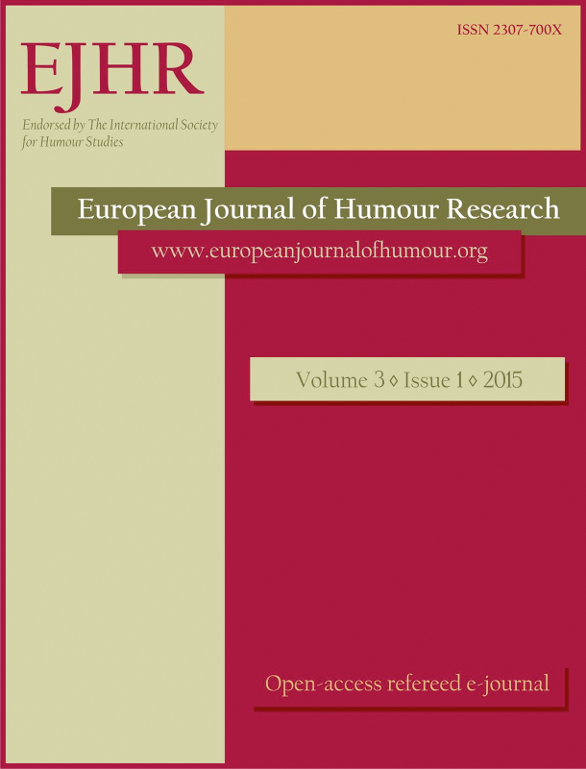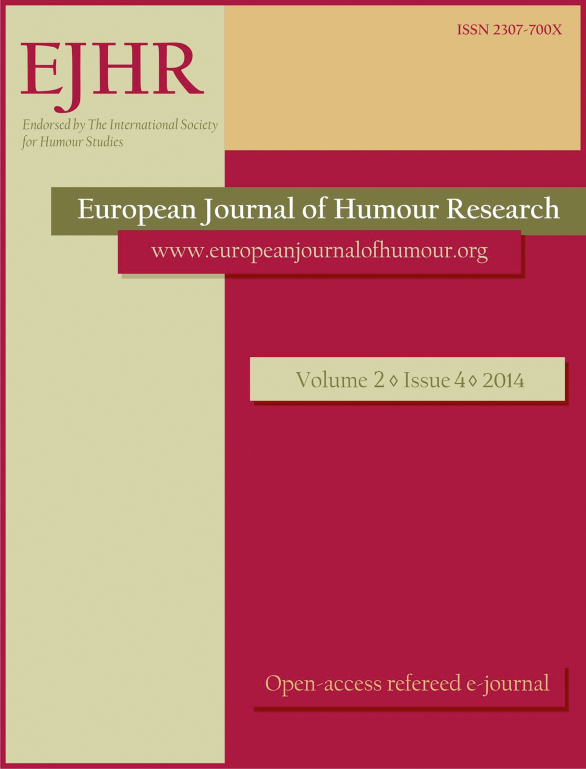
Konzervatív fordulat a zeneiparban és a digitális zeneipar új vállalkozói
In this paper I argue that by looking at dominant discourses and narratives surrounding the digital music industry – channels of which include the music industry press, the themes and language of music business conferences, the popular media as well as informal interactions in the music industry – we can observe an ideological turn taking place in the last few years. The emergence of the digital music industry was accompanied by the following optimistic narratives and the corresponding consumer image: the “long tail” (Anderson 2006) and the end of the “tyranny of the hit”; technological triumphalism and democratisation; and the power of individual choice, i.e. a mature and conscious music consumer. In recent years, however, contrary narratives seem to have strengthened: “digital music pollution” and the “tyranny of choice”; record companies as the guarantees of quality; and infantile (and feminised) mass consumers who need the guidance of expert tastemakers. By looking at ideology together with the economy of music, it is possible to conclude that the frequently mentioned plenitude of music available via digital and online platforms simultaneously masks and facilitates industry concentration. Based on the results of qualitative interview research conducted in 2014 on the Amsterdam-based platform 22tracks, I explore the ways in which music curation platforms using playlists are able to challenge this concentration process by acting as a counterforce, while, at the same time, also forming part of it.
More...
